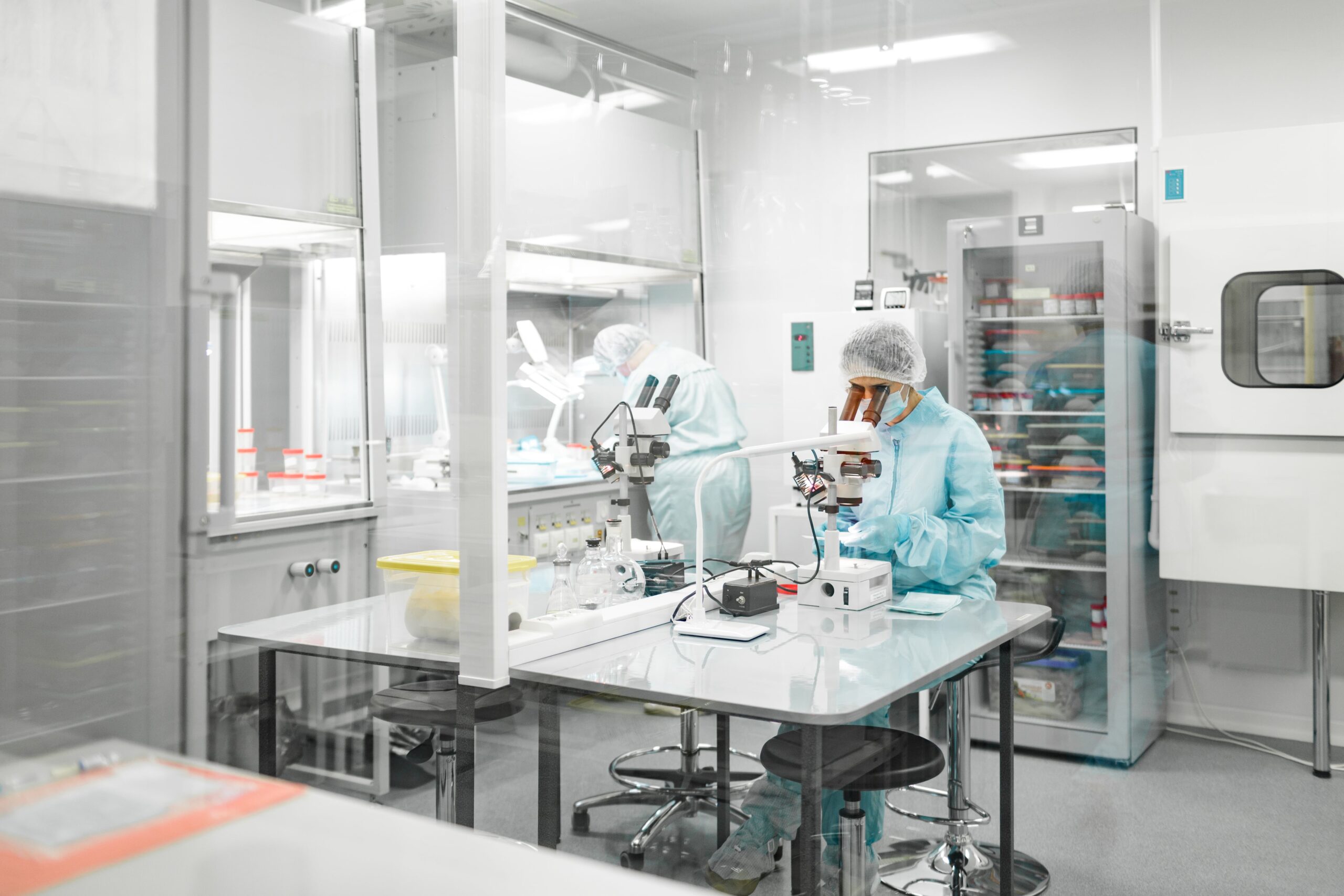
January 12, 2021
Pharmaceutical Temperature Mapping: Uses and Methodology
Everyone who manufactures, stores, or transports pharmaceuticals must regulate temperatures. One survey looked at how often these companies experience variations. About 44.6 percent of survey participants reported many temperature changes each year.
Monthly temperature changes occurred according to 16 percent of respondents.
Two of every five or 41 percent of changes were more than four degrees. Another 21 percent changed over eight degrees which fails FDA compliance standards.
This shows the need for proper pharmaceutical temperature mapping. Are you involved in manufacturing drug products? Are you compliant with cGMP regulations?
Continue reading to learn more about this mapping process.
What Is Pharmaceutical Temperature Mapping
Thermal mapping describes a process for testing equipment, transportation vehicles, and storage areas. The purpose is to ensure that every part of the system will maintain a stable temperature during use.
This mapping process is vital for the pharmaceutical, healthcare, biotechnology industries. You must meet these regulatory standards for licensing and to follow the law.
This also shows that your products are reliable. You’ll gain a high-quality reputation which leads to increased profits.
How Does Storage Temperature Affect Drug Efficacy?
Drug companies must promote optimal drug efficacy. Failure to do so can lead to customer harm and loss of revenue. This applies to both prescription and over-the-counter medications.
For example, if a routine daily vitamin is less potent than intended, there’s little risk for the customer. Yet, if insulin, asthma, or heart medications become less effective, death can occur.
All medication labels include instructions for safe storage. The drug’s chemicals and ingredients can change if they get too hot or cold. Common examples include chemotherapy drugs, antibiotics, contraceptives, and seizure medications.
The United States Pharmacopeia (USP) April 2019 guidelines address drug storage and shipping. It defines acceptable temperature ranges for refrigeration categories.
- Freezer storage ranges from -25 to 10 degrees Celsius (C)
- Optimal controlled room temperature is between 20 and 25 degrees C
- Cool storage must remain between 8 and 15 degrees C
- Refrigerated storage restricts the temperature to between 2 and 8 degrees C
- Room temperature ranges from 20 to 25 degrees C with outer limits of 15 to 30 degrees C
Labels also alert consumers to “store medicine in a cool dry place” or “protect from light”. This addresses the product’s sensitivity to light and humidity as well.
cGMP Guidelines Addressing Storage of Drug Compounds
The Current Good Manufacturing Practice (cGMP) is an FDA compliance regulation. It focuses on maintaining the quality manufacturing of drug products. The FDA closely watches drug companies to protect the public.
Drug companies must use current systems and technologies. The regulation mandates the minimum standards for each stage of production. This includes all controls, methods, and facilities involved in making, processing, and packaging.
The cGMP sets high standards and has the force of law. These rules strive to make sure customers receive pure, safe, and effective drugs.
Each year, drug companies make millions of drugs. Only a tiny percent can undergo testing since it destroys the product. Strict testing helps ensure consistency from one batch to another.
How to Perform PTM
Before beginning PTM, identify all equipment and locations involved. Create a list so that each part of the process is methodically tested.
The USP guidelines dictate that each item on the list must undergo testing for at least 24 hours. Be aware that specific products may need testing more often to adhere to the regulations.
It may prove beneficial to buy your own monitoring equipment. Some monitors have alarms that sound when the temperature goes out of the pre-set range.
Determine Sensor Placement
Next, place sensors in specific locations. You may use different types of sensors depending on the equipment or space. Some examples include:
- Sensors that are pre-calibrated for specific temperatures
- Sensors that record temperature and humidity
- Sensors that log data about temperature and other information
It’s important that all testing include detailed documentation. Data-logging sensors help complete this task.
Document Uniform Test Results
Proper placement of your pre-calibrated sensors in equipment or enclosed spaces is key. Different parts of a room may have exposure to windows or doors causing them to be warmer or cooler.
HVAC systems affect the room airflow and may alter the temperature. Even being close to an outside wall causes that part of the room to be colder or hotter.
When mapping a facility or warehouse, consider conducting the study during different seasons. For example, during dry, hot summer and wet, cold winter times.
This provides evidence that your space stays at the same temperature and humidity. Be sure to do the same for all transport vehicles.
Measure Temperature Recovery Time
Most equipment undergoes routine defrost cycles. Opening and closing the door also changes the temperature. Always test how long it takes for a storage unit to return to the correct temperature range.
Maintenance and Calibration of Equipment
After completing the mapping study, re-calibrate all sensors used, and document the results. This provides evidence that your study was valid.
Establish of schedule for maintaining and calibrating equipment. This includes ensuring that monitoring devices meet NIST, ISO17025, or international calibration standards.
When buying new equipment, ask the business for a certificate of calibration. It’s also wise to conduct your own calibration.
Does Your Company Need Reliable Environment-Control Systems?
Does your business involve healthcare facilities, pharmaceuticals, life science, or other similar industries? All these disciplines must meet strict regulatory compliance. This article described the rationale and method for pharmaceutical temperature mapping.
SensoScientific designs, engineers, and manufactures all our firmware and transmitters. These include temperature monitoring, differential pressure, CO2, and water leak transmitter systems. They all meet industry regulatory compliance standards.
Our systems function in rooms, refrigerators, freezers, blanket warmers, and incubators. They monitor all types of temperature-sensitive equipment whether onsite or from remote locations.
Contact us today to learn more about our products.